Jump in
Today, I am writing this blog post after having a lovely interaction with a new follower on Instagram. This new person randomly found me scrolling through, and she told me she reached out because she was curious about how I got started as an artist.
When I thought about how I got started (it's been many, many years now), it was harder to remember if there was a specific reason I was drawn towards being creative.
I have always been creatively curious for as long as I can remember. When my sisters and I were really little, under 8 years old, my mother would take an enormous piece of freezer paper and some black Sharpies and scribble all over. Then she sat us down with boxes of crayons, markers, and colored pencils and said, "Now we color all the shapes in." Which sometimes took days to weeks. I loved it!
We were always making something. For holidays, my mother and her sisters would only exchange handmade gifts. They took the consumerism out of the holiday and put love back in. Because making something with your hands, heart, and mind is love.
As I was writing back to my new follower, I tried to explain that I didn't know if I had the right words to inspire her to jump in, but that is precisely what I did. Years ago, when I started my journey into my art, it wasn't a conscious decision. I didn't wake up and say, "Today, I think I will start identifying as an artist."
Heck, no-- I can honestly remember how hard it was to say those words out loud. Today, it is easy. Today, I do not think twice about proudly saying, "I am an artist." That was not the case 10+ years ago.
How did I get there? How does a person who went to college for a bachelor's degree in nursing become an artist?
Great question, and that is what this blog post is about.
First, everyone has a creative side to them, I believe. Admitting and identifying with their creative calling is a huge step. Most people initially say, "I can't draw." "I can't paint." " I am not creative."
I call baloney. We all have likes and dislikes, and we all have urges to create our space how we see fit and what inspires us or makes us feel at home. You can make decisions about what you like and what you don't like. For example, if you want pink or yellow, blue or green if you are drawn towards polka dots or stripes. If you are attracted to realism, abstract, or any other type of art. Art is about making those decisions; it is problem-solving creatively.
If you have the calling to be creative, you must decide to go after it. Practice, fail, and keep going. That is the recipe.
Practice
Fail
Do it again. Over and over.
That is how I started. I started throwing paint in my art journal and kept curious. Curious to know more. Curious to watch my progress and growth. Curious about how to do different techniques. But never allowing my failures to stop me. And trust me, I have piles and piles of paints I consider failures.
We live in a fantastic time of technology to help us learn anything; we have endless opportunities. When I first started, I was obsessed with YouTube. I would watch anyone who put up a video about art, painting, or mixing colors. To this day, I find those videos watching others create very relaxing. And now there is Instagram, which has thousands of artists; there is Pinterest, another outlet where you can get many examples of any art you can think of.
Deciding what you want to do is the most significant impact of becoming an artist. Whether as a beginner, a hobbyist, or beyond, you have to start.
Art journaling was an easy way to create and practice as I started my journey. Using an art journal reduces the stress of a completed piece of artwork. Art journaling is more than putting paint to paper; it is a form of self-expression that allows us to communicate with ourselves and the world around us.
I am currently reading a book called, "Your Brain on Art" by Susan Magsamen and Ivy Ross. I highly recommend the book. It has excellent information about unlocking our inner creativity and fostering personal growth through creating and all the benefits of a creative practice.
Fear often holds people back from creating; fear of making mistakes can hold us back from pursuing our artistic passions. That is another reason an art journal helps alleviate those fears: your journal is for you--nobody else. Magsamen and Ross remind us that "art seeks to celebrate imperfection, as it is in those moments that our true creativity shines." (Your Brain on Art) Art journaling allows us to embrace imperfection, reminding ourselves that it is through mistakes that we learn and grow.
Sitting here thinking about my start with art, I am so happy that I didn't allow fear to hold me back. I did not know then all the benefits of having a creative practice. Those have all been huge bonuses -- reduced stress, increased joy, opened up my mind to unlimited energy and curiosity.
Art journaling has been a transformative practice for me and will awaken your inner artist, too. It will lead you to self-discovery, personal growth, and connections to others. You will learn to express yourself in your journal, find inspiration in everyday life, embrace your imperfections, and reflect on your journey.
Happy creating, and may your art journal hold the key to unlocking your most authentic self.

